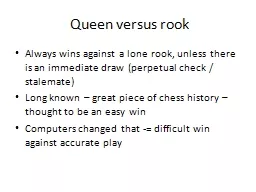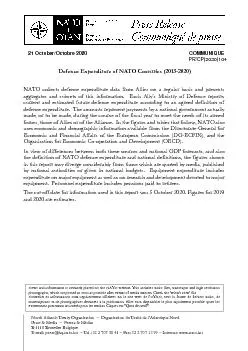PPT-Plant Defence Systems
Author : olivia-moreira | Published Date : 2017-10-26
Plant Defence Systems Plants are sessile ie they cant move from place to place They need some defences against herbivores that might want to eat them and against
Presentation Embed Code
Download Presentation
Download Presentation The PPT/PDF document "Plant Defence Systems" is the property of its rightful owner. Permission is granted to download and print the materials on this website for personal, non-commercial use only, and to display it on your personal computer provided you do not modify the materials and that you retain all copyright notices contained in the materials. By downloading content from our website, you accept the terms of this agreement.
Plant Defence Systems: Transcript
Download Rules Of Document
"Plant Defence Systems"The content belongs to its owner. You may download and print it for personal use, without modification, and keep all copyright notices. By downloading, you agree to these terms.
Related Documents














